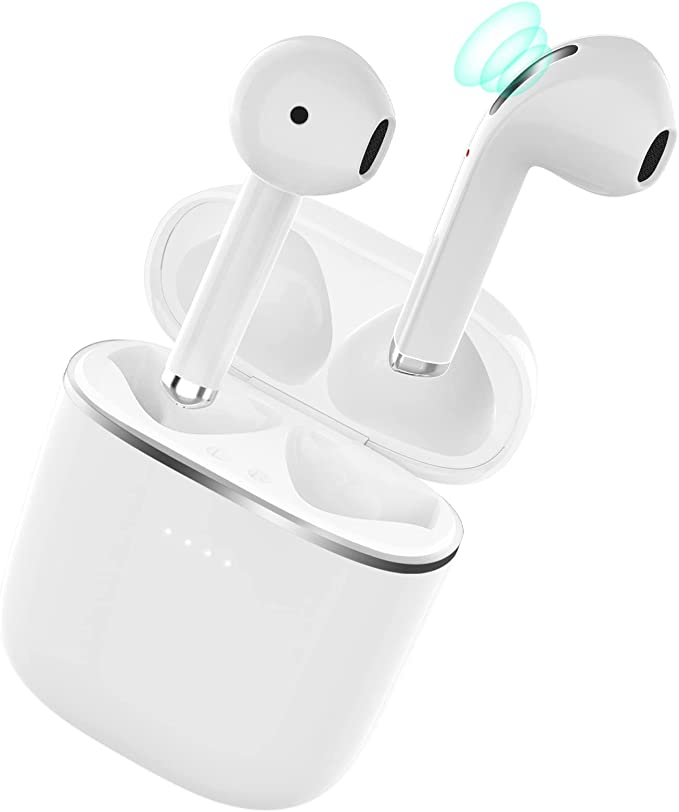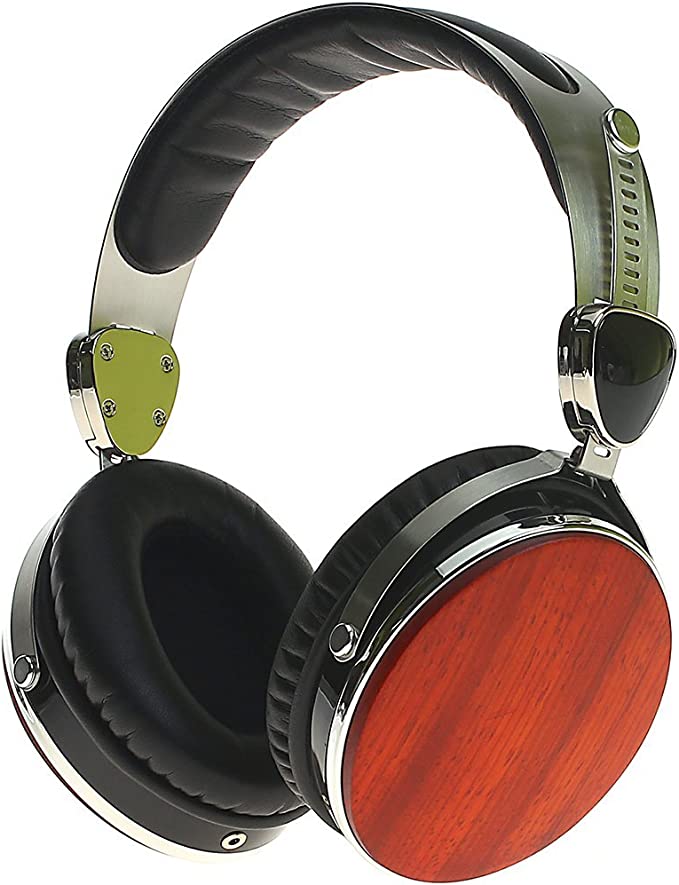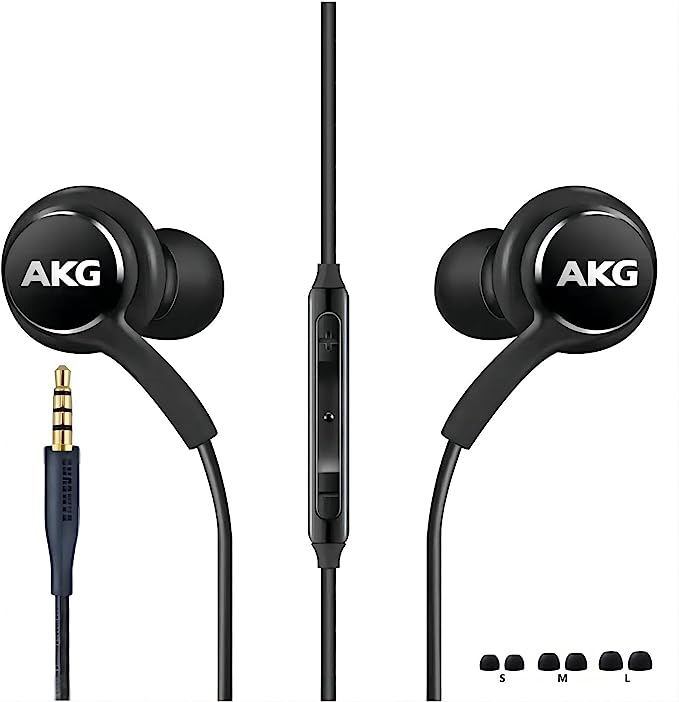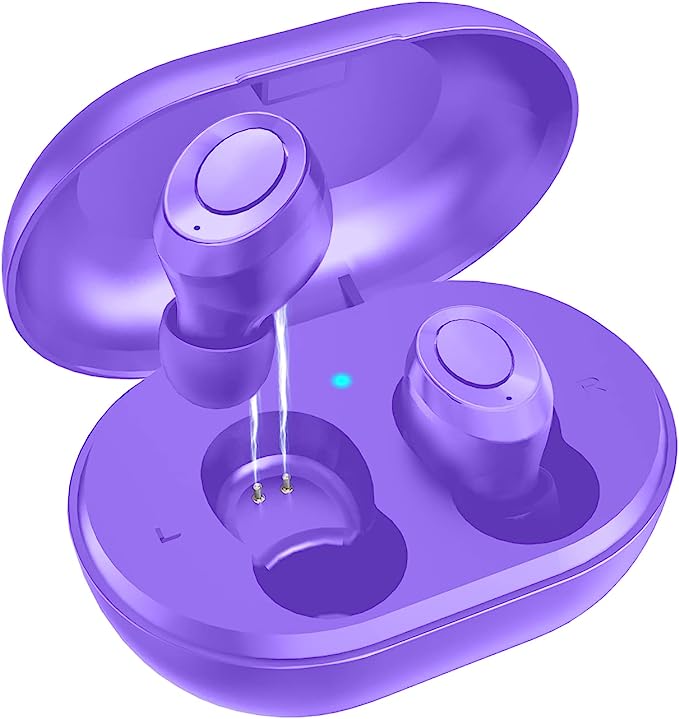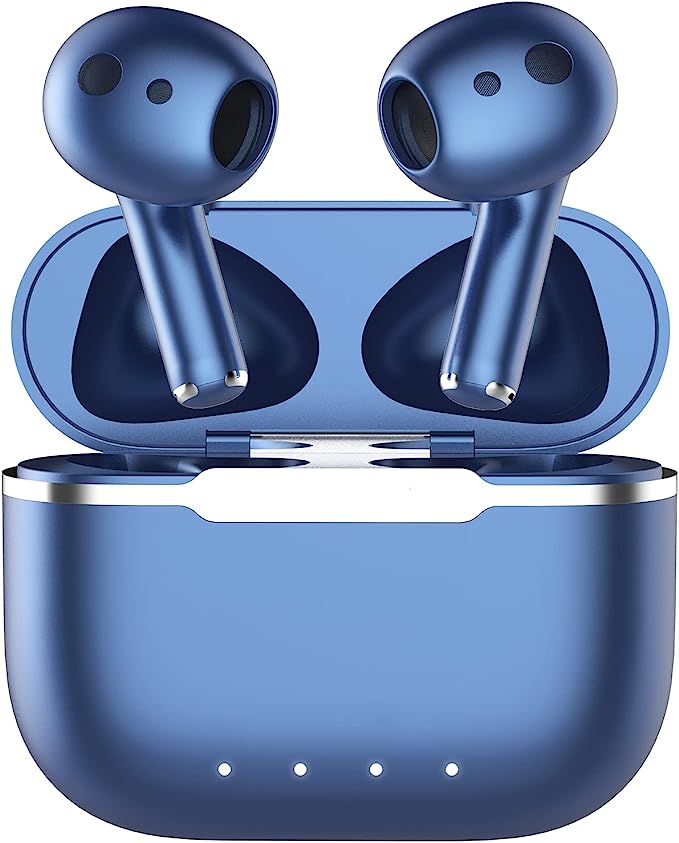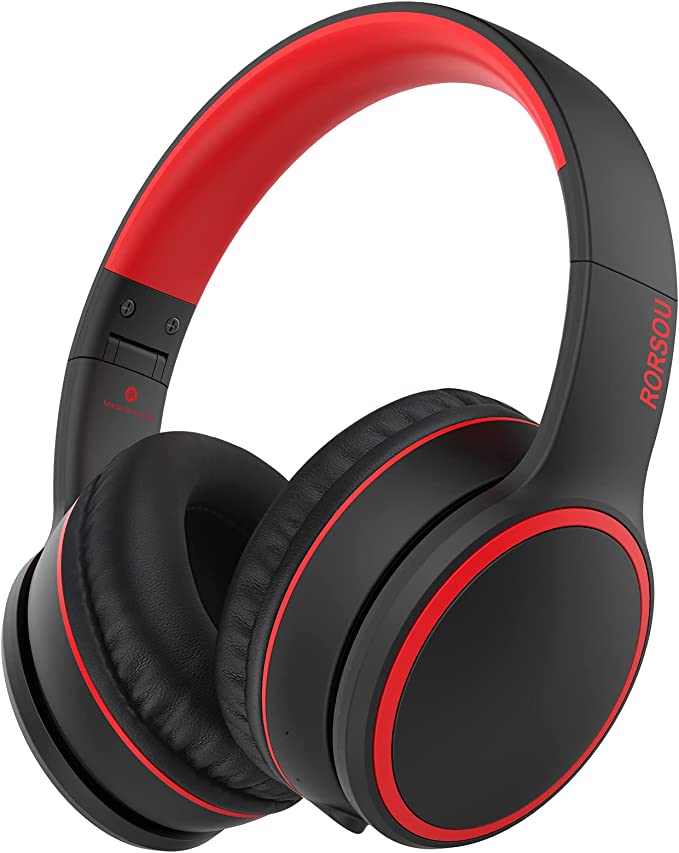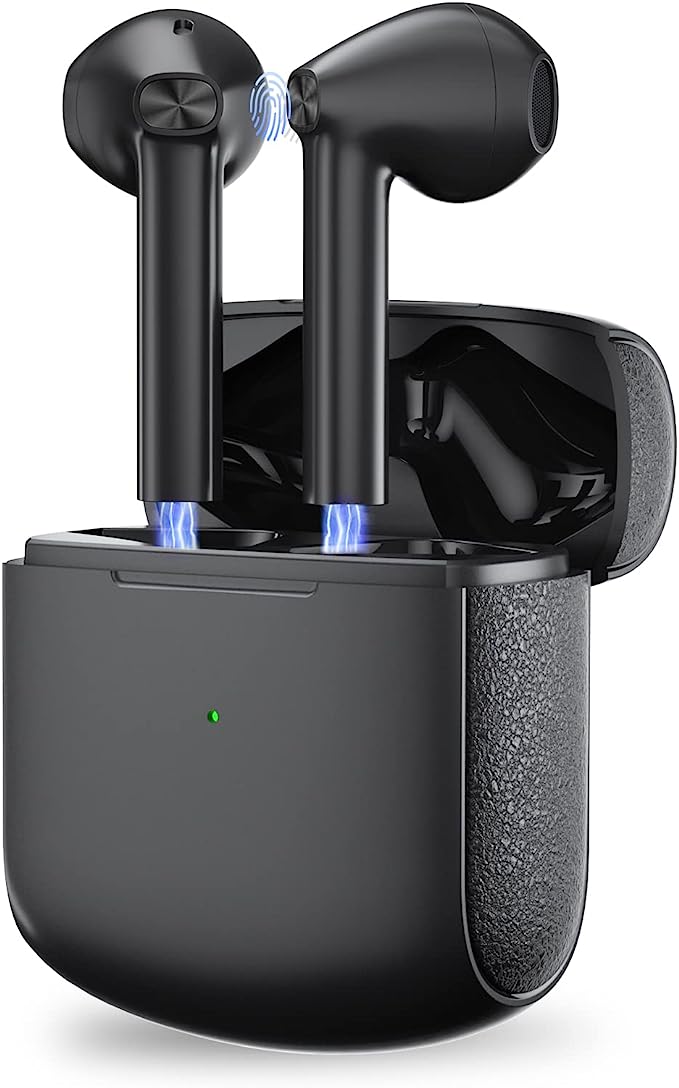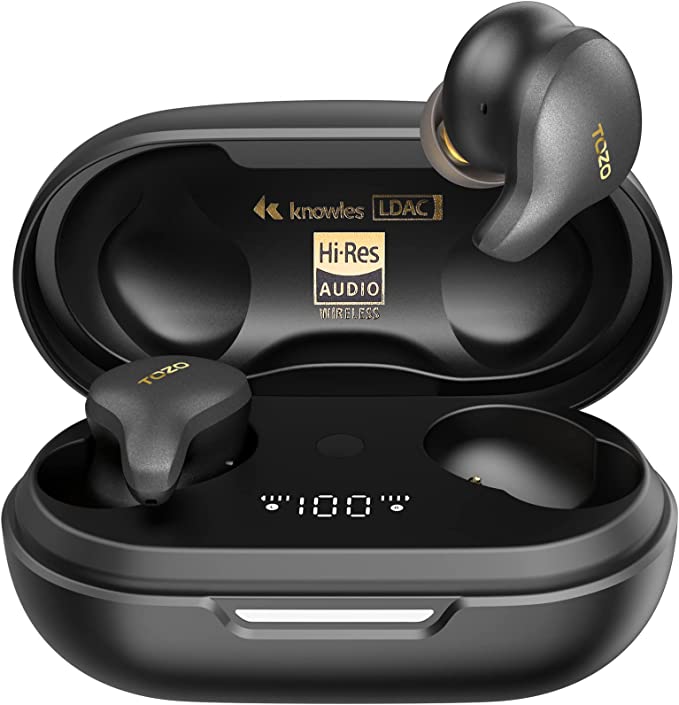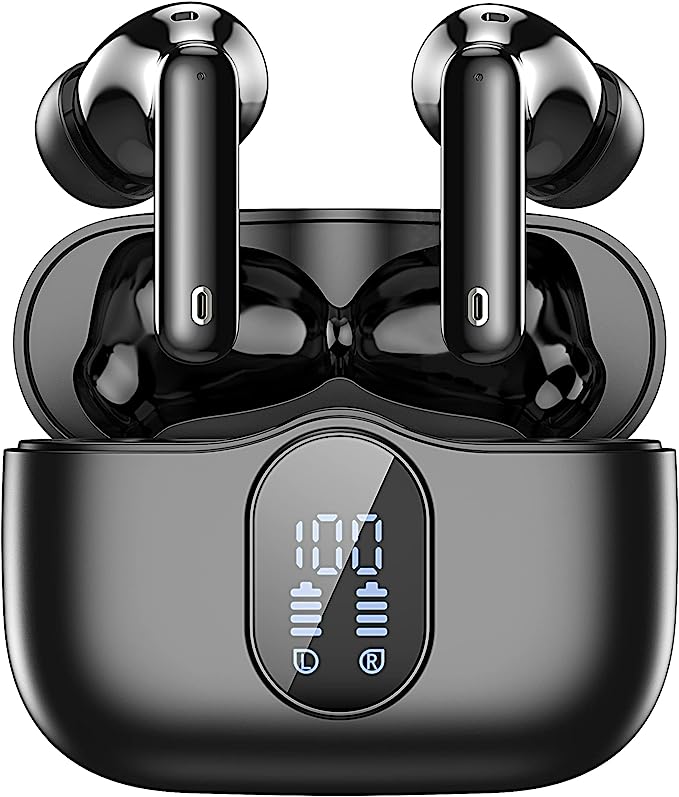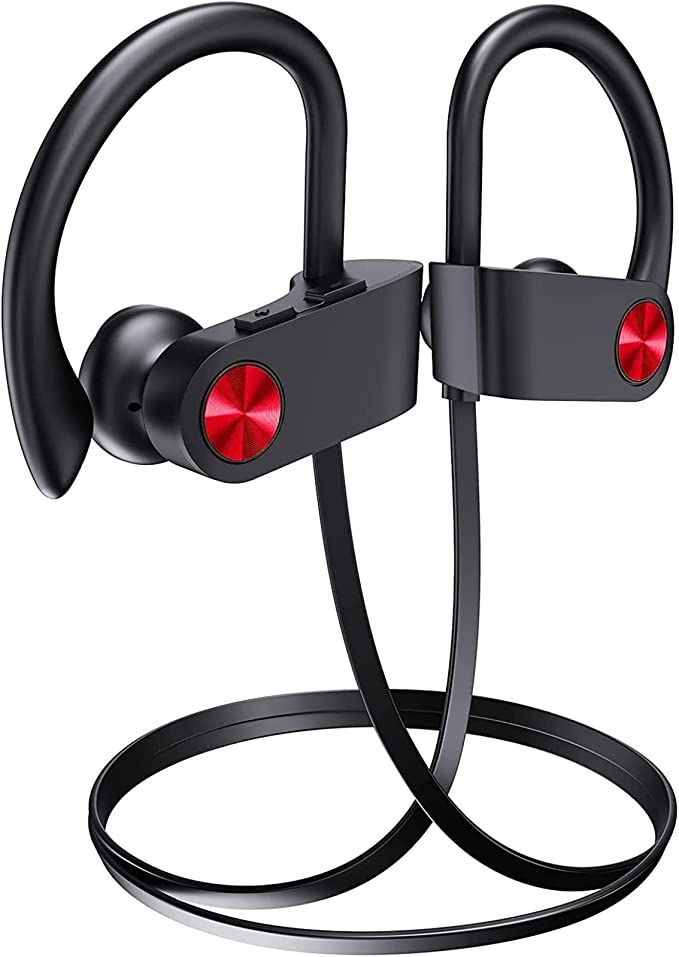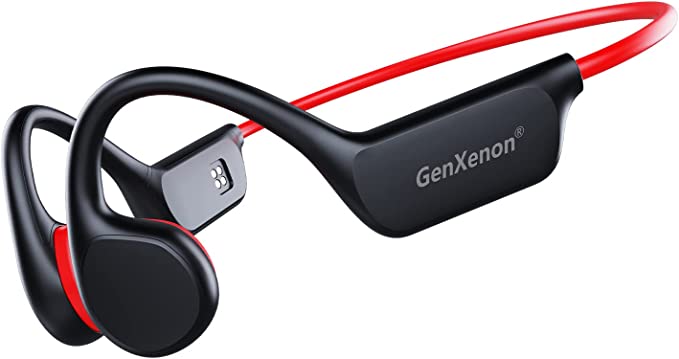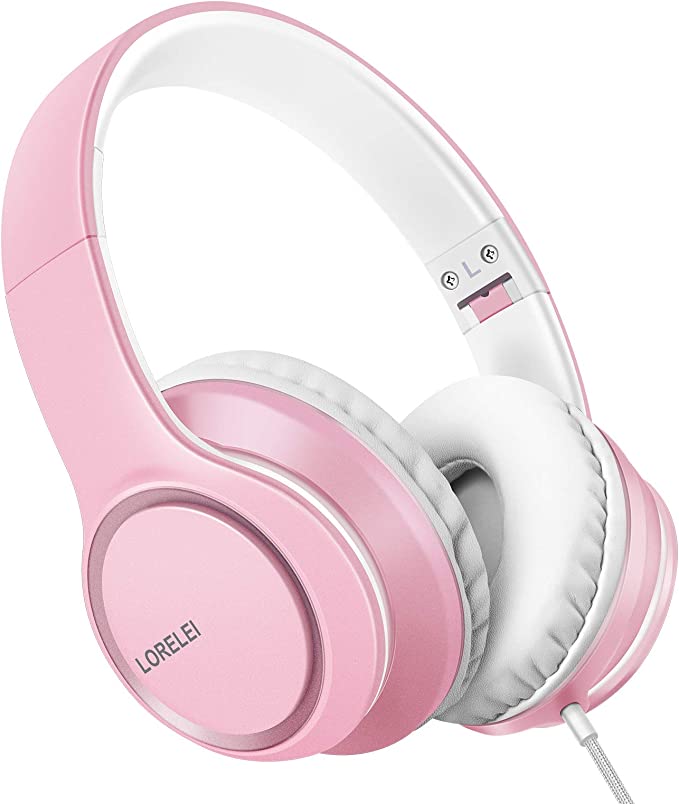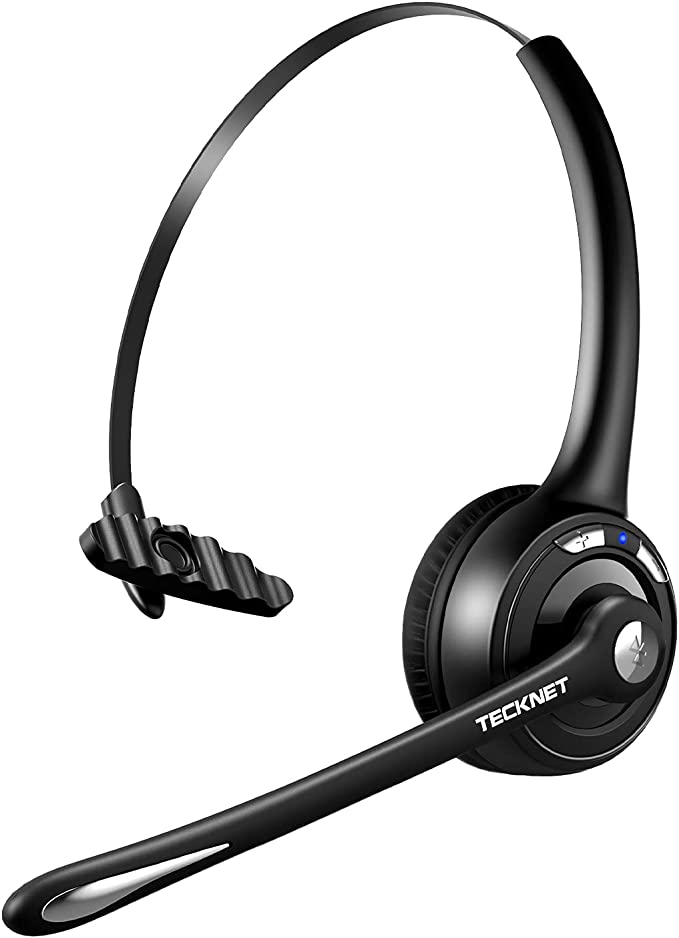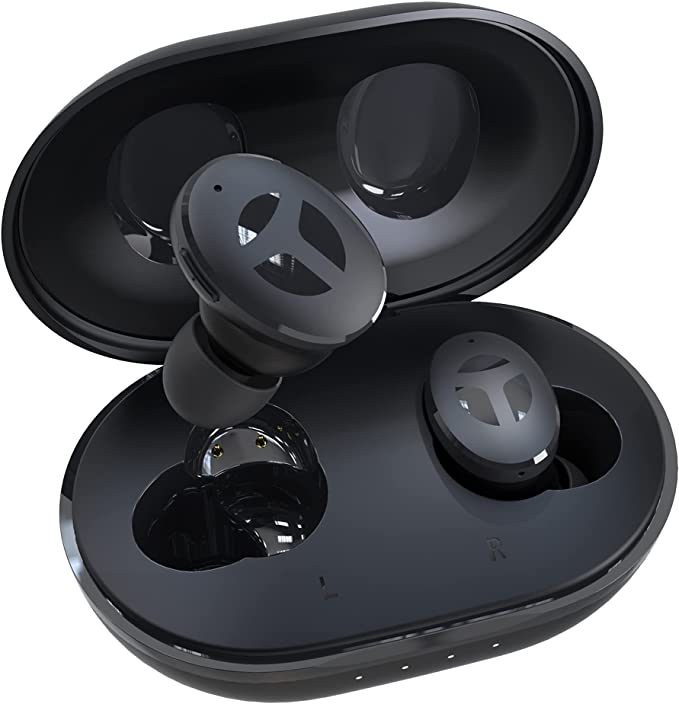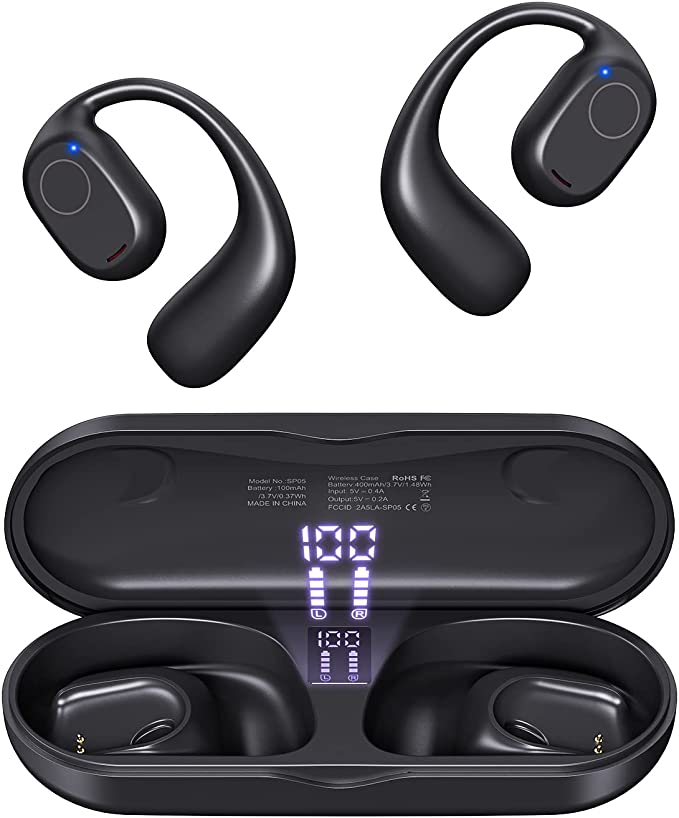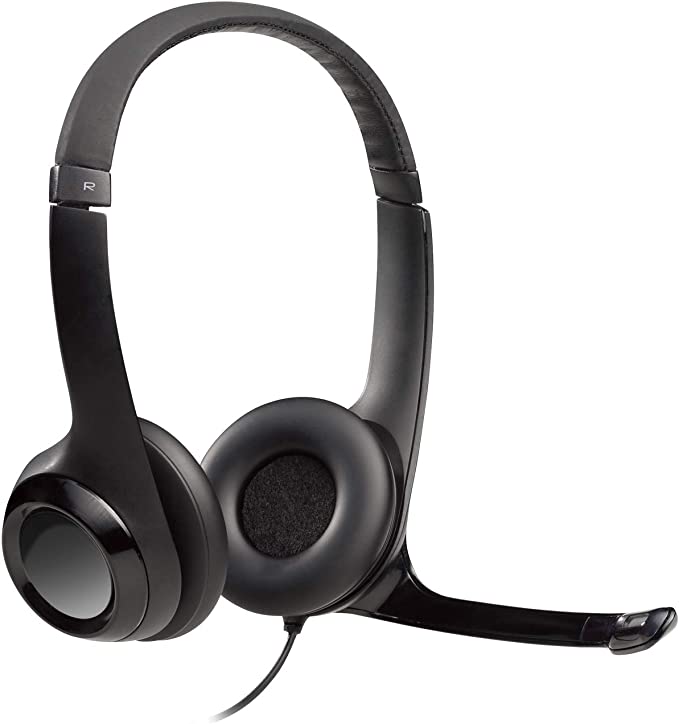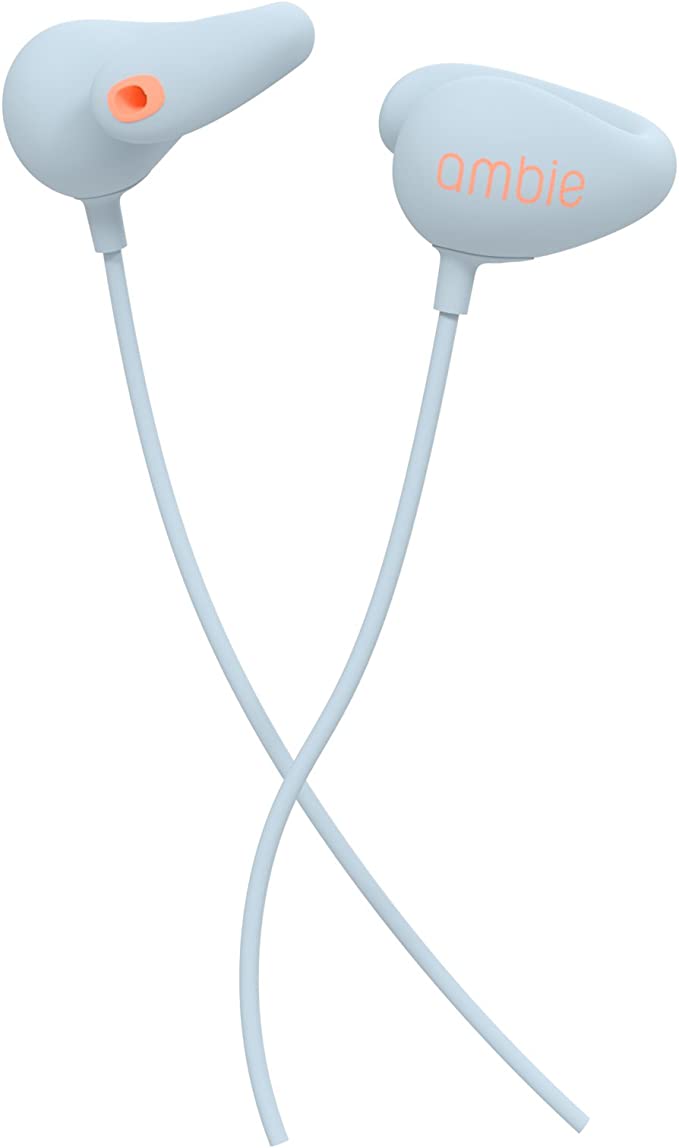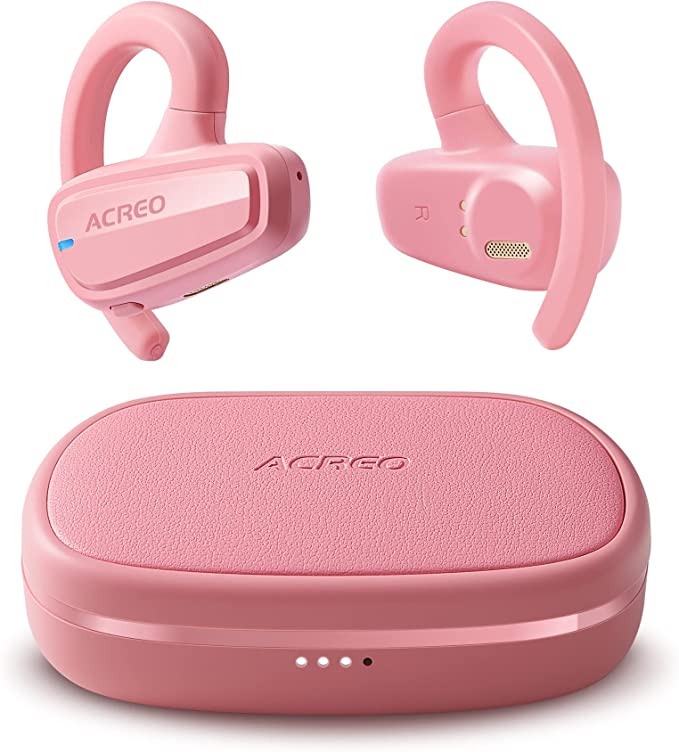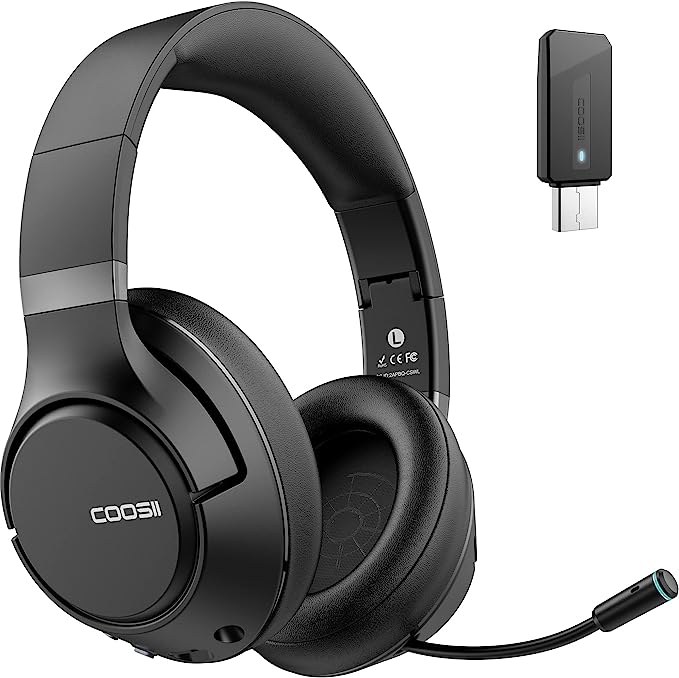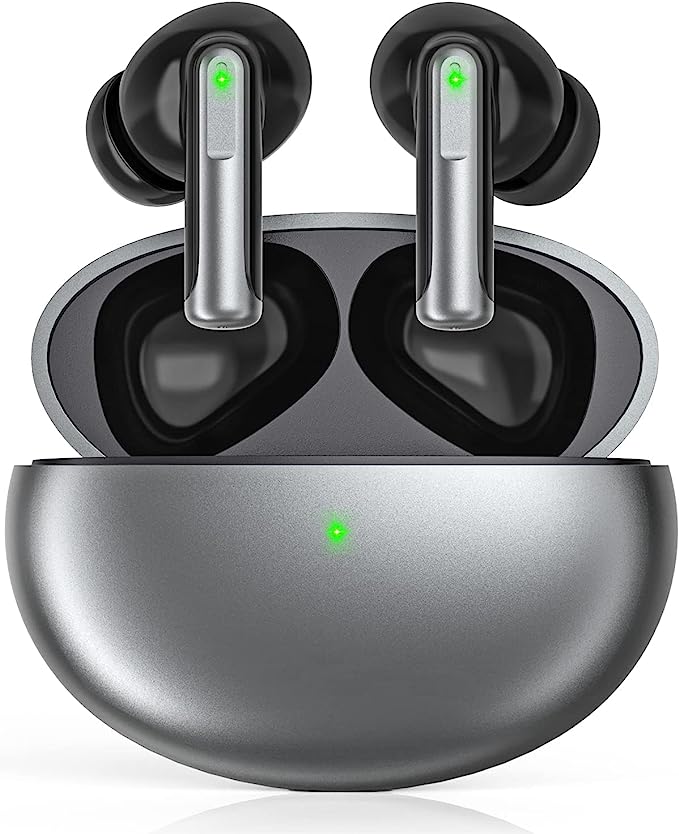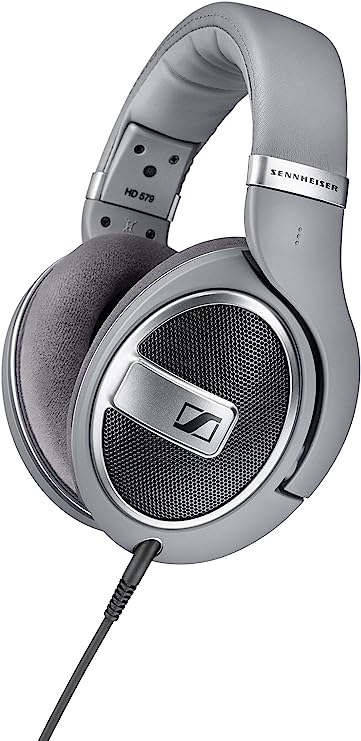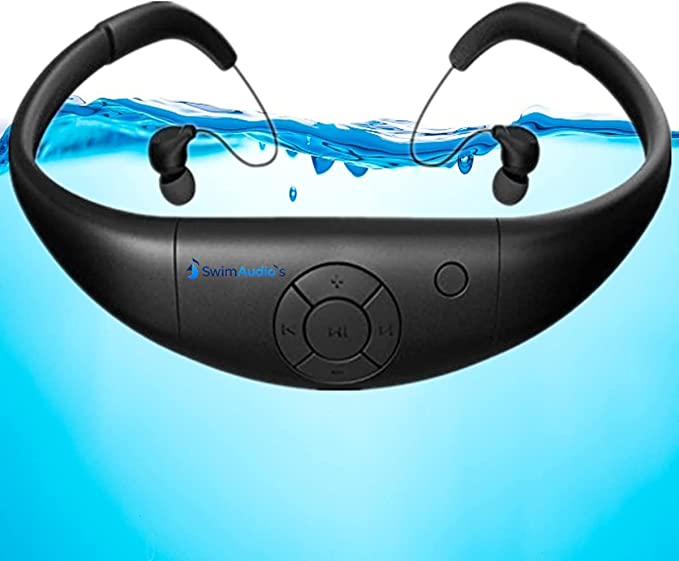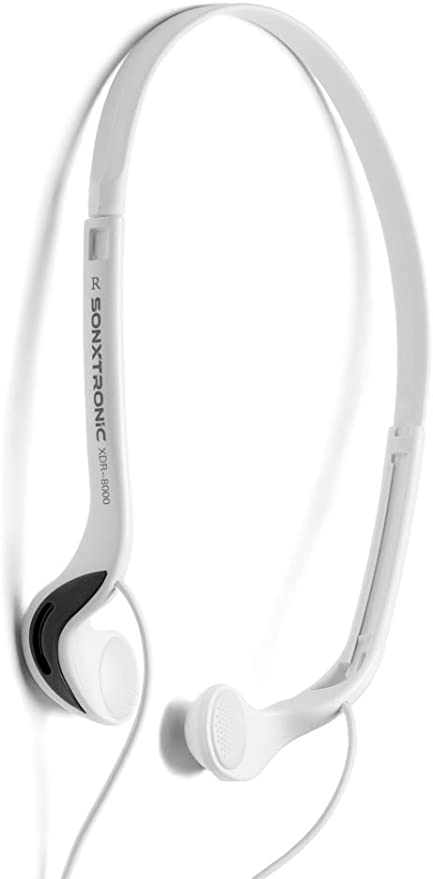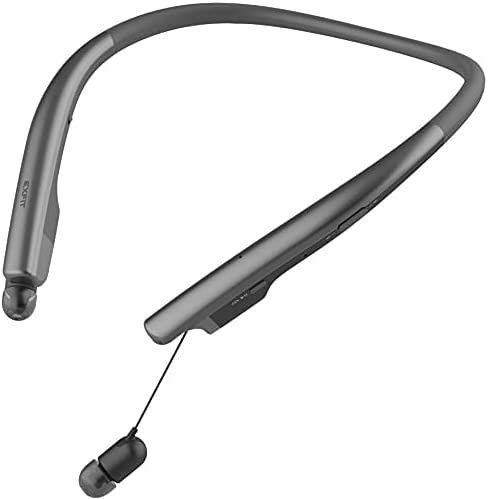The Digital Bridge: How the Victrola Stream Carbon Brings Vinyl's Analog Soul to Sonos
Update on Aug. 8, 2025, 4:28 p.m.
There exists a beautiful paradox in the heart of the modern music lover. We crave the tangible, the ritualistic pleasure of sliding a record from its sleeve, the gentle pop as the needle finds the groove, and the rich, immersive warmth that only analog audio seems to provide. Yet, we live our lives in a world of seamless, invisible convenience, where entire music libraries stream effortlessly from our phones to a symphony of wirelessly connected speakers, a world masterfully orchestrated by systems like Sonos. For years, uniting these two opposing desires has been a compromise—a tangle of cables, external boxes, and complex setups that often felt more like a science project than a listening session.
The Victrola Stream Carbon turntable was conceived not merely to play records, but to resolve this very paradox. It presents itself as more than a piece of hardware; it is an elegant, purpose-built bridge connecting the physical soul of vinyl to the ethereal convenience of the digital age. But this is not a simple bridge. It is a work of sophisticated engineering, a meticulous translator of physical vibrations into wireless data streams. To truly understand its place in your home, we must first deconstruct the science and artistry that hold it together.

The Analog Soul: Guardians of the Groove
Before a single bit of data can traverse your Wi-Fi, a purely physical drama must unfold. The quality of everything you hear downstream is dictated by the fidelity of this initial, mechanical act. The Stream Carbon entrusts this critical task to a trio of components, each serving as a guardian against the unwanted noise and distortion that threaten the purity of the signal.
It all begins with the first, most delicate touch. The turntable comes equipped with the Ortofon 2M Red, a cartridge from a Danish manufacturer steeped in hi-fi heritage. This component is a miniature electro-mechanical transducer. As its diamond stylus navigates the microscopic contours of the record groove, it vibrates a tiny, powerful magnet attached to its other end. This movement within a field of coiled copper wire generates a faint electrical current—the raw, analog ghost of the original soundwave. The 2M Red is renowned for its ability to produce an open, detailed, and dynamic sound, laying a foundation of high-fidelity audio right from the source.
This nascent signal is then guided by the carbon fiber tonearm, a component that embodies a core principle of physics in turntable design: the quest for maximum rigidity with minimum mass. A tonearm must be unyieldingly stiff to resist the resonant frequencies that can color the music with a muddy, unfocused character. Simultaneously, it must be light as a feather to allow the stylus to trace the groove’s path unimpeded. Carbon fiber, with its exceptional stiffness-to-weight ratio, far exceeding that of traditional aluminum, is the ideal material for this balancing act. It acts as a steadfast, silent guide, ensuring that the only vibrations being transmitted are those from the music itself.
These components perform upon a silent stage: the turntable’s plinth. Vibration is the arch-nemesis of vinyl playback. Every stray tremor—from the motor, from your footsteps, from the very air moved by your speakers—is a potential source of distortion. The Stream Carbon’s plinth is crafted from low-resonance MDF (Medium-Density Fiberboard), an engineered material prized for its uniform density and superior damping characteristics. Unlike solid wood, which can have its own resonant personality, MDF acts like an acoustic black hole, absorbing and dissipating unwanted energy. This, combined with a heavy, die-cast aluminum platter that provides rotational stability through inertia, creates the quiet, stable platform essential for extracting every nuance from the groove.

The Digital Bridge: The Science of Translation
With a pure analog signal captured, the journey into the wireless realm begins. This is where the Victrola Stream Carbon reveals its most innovative engineering. The process is a multi-stage translation, converting the physical waveform into a language that Sonos can understand.
First, the incredibly faint signal from the Ortofon cartridge, measured in millivolts, is too weak for any modern digital or analog device. It enters a built-in phono preamplifier. This stage not only boosts the signal to a standard “line level” but also performs a crucial task of equalization, reversing the RIAA curve—an industry standard used during the record’s manufacturing to reduce bass and boost treble, allowing for longer playing times and better sound quality.
Now amplified and equalized, the analog signal arrives at the heart of the digital bridge: the Analog-to-Digital Converter (ADC). Here, the smooth, continuous wave of music is meticulously measured at a rate of 48,000 times per second (the 48kHz sample rate). Each measurement captures the wave’s amplitude, which is then assigned a numerical value with a precision of 24 bits (the bit depth). This process of sampling and quantization transforms the organic analog signal into a high-resolution digital stream, rich in detail and dynamic range.
This newly minted digital stream is then handed off to the turntable’s network messenger. As a “Works with Sonos” certified product, the Stream Carbon doesn’t just crudely broadcast audio. It uses network protocols like UPnP (Universal Plug and Play) to intelligently communicate with the Sonos ecosystem on your home network. It announces its presence, allows you to select it as a source within the Sonos app, and streams its high-resolution audio directly to your chosen speaker or group, all without a single RCA cable connecting the two.
The Equation of Convenience: The Real-World Calculus
This is where elegant engineering meets the beautiful chaos of the real world—specifically, the unpredictable nature of home Wi-Fi. The core value proposition of the Victrola Stream Carbon is this seamless integration, and for many, the promise is delivered flawlessly. User accounts frequently praise a setup process that takes mere minutes, transforming the complex task of integrating vinyl into a multi-room system into a simple, app-guided experience. To hear a record playing in the living room while the same warm tones fill the kitchen is to witness the design succeeding at its highest level.
However, this reliance on wireless infrastructure introduces an inescapable variable. The negative experiences 일부 사용자들이 보고한 연결 끊김 현상은 제품 자체의 결함이라기보다는 실시간 무선 오디오가 직면한 근본적인 기술적 과제를 반영합니다. Unlike browsing a webpage, which can tolerate delays and dropped data packets, real-time audio streaming is mercilessly demanding. Wi-Fi congestion, interference from other devices, or simply a weak signal in a corner of your home can interrupt the constant flow of data, resulting in dropouts or stutters.
This is not an oversight, but a known engineering trade-off. Victrola addresses this by including settings like an adjustable audio delay within the Stream app. This feature essentially increases the size of the audio buffer—a small reservoir of music data stored on the speaker before it’s played. A larger buffer provides a greater cushion against network instability, ensuring a smoother stream at the minor cost of a longer delay between when the needle drops and the music starts. It’s a pragmatic solution to a problem rooted not in the turntable, but in the very physics of the wireless world it seeks to inhabit.

Conclusion: A Bridge to a New Listening Experience
To judge the Victrola Stream Carbon against a traditional, purist analog setup is to miss the point entirely. It was never meant to compete in that arena. Instead, it is a brilliantly conceived solution for a very specific and growing audience: the modern traditionalist. It is for the Sonos owner who feels the nostalgic pull of vinyl but is deterred by the perceived complexity of a conventional Hi-Fi system.
The Stream Carbon is a triumph of integration, a device that does the hard work of translation behind the scenes so that the user experience is one of pure simplicity. It demonstrates that convenience and quality do not have to be mutually exclusive. It stands as a testament to how our relationship with music continues to evolve—a constant, creative endeavor to harmonize the cherished rituals of the past with the boundless possibilities of the present. It is more than a turntable; it is a bridge built with care, connecting two worlds and, in doing so, creating a listening experience that is uniquely, and beautifully, of our time.


